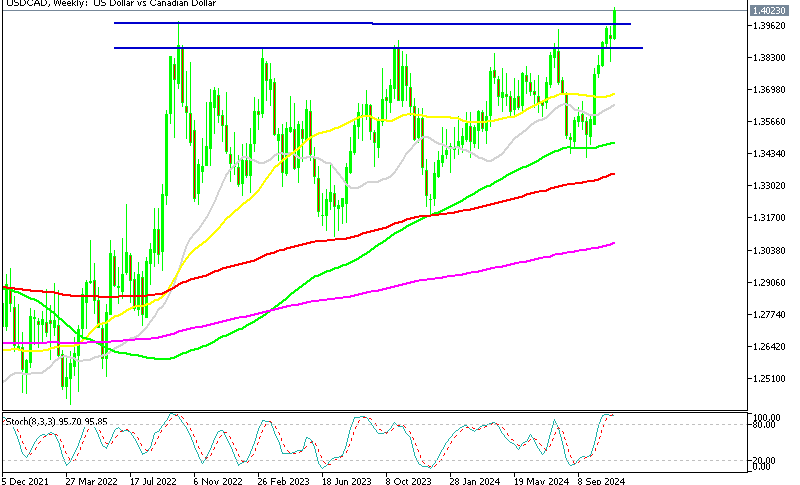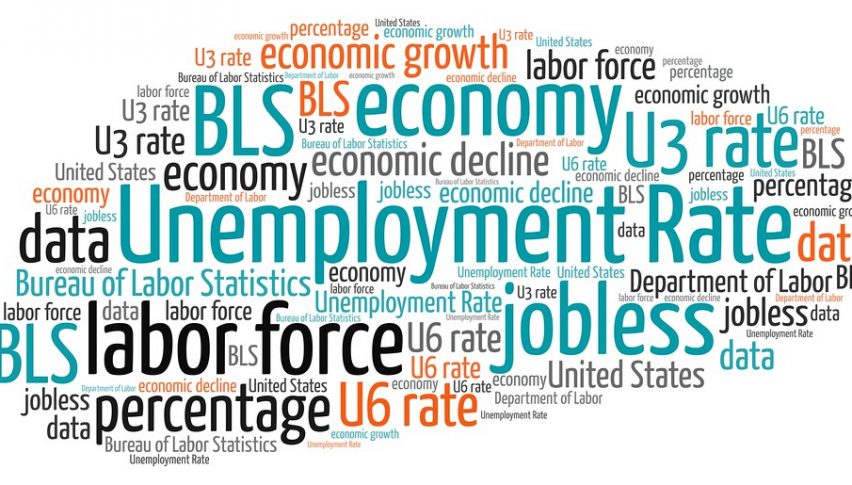AUD and Commodity Dollars Close the Week Down As China Disappoints
After the crash following Trump’s victory, commodity dollars surged on Thursday on China hopes, but they came crashing down again in Friday. Some of the surge was due to USD unwinding, while some of that came from expectations of a larger Chinese stimulus, but the stimulus was as previous announced, so no major surprises, which wasn’t enticing for markets, sending AUD/USD and NZD/USD almost a cent lower yesterday.

Since late September, the AUD/USD exchange rate has been negative, and in late October, it fell below 0.66. China’s economic data, which showed a steep decline in industrial earnings in recent months, has not been encouraging for risky assets. ON Thursday we saw another bearish move in commodity dollars after the Republican win of the US presidency, but the surge on Thursday on weak hopes from China was even stronger, sending AUD/USD 1 cent higher toward 0.67.
AUD/USD Chart Daily – MAs Have Turned Into Resistance
However, moving averages turned into resistance and rejected the price, causing it to close the week below 0.66. This retrace higher was enough to refresh the downtrend and with the stochastic overbought and going lower, additional losses should follow for this pair, which has to fall below 0.65 first.
Rally in Chinese Markets Despite Trump’s Win
Despite Trump’s election win, which initially caused a drop, Chinese markets and global growth trades experienced a strong rally on Thursday. Investors clearly anticipated further economic stimulus from Beijing, long rumored to involve a significant 10 trillion yuan ($1.4 trillion) package. On Friday, however, markets reacted with “sell the fact” behavior, seeing risk assets and commodity-linked currencies pull back after Thursday’s front-running of the expected stimulus announcement.
Persistent Anti-China Sentiment Expected from White House
Although the prospect of 60% tariffs seems unlikely, Trump’s win still signals a likely continuation of anti-China rhetoric from the White House over the coming years, challenging Chinese officials to manage both domestic expectations and international relations. Following Friday’s National People’s Congress (NPC) meeting, officials announced a plan to refinance local government debt totaling ¥6 trillion, aligning with details from the anticipated ¥10 trillion stimulus leak.
Limited Momentum Weakens Yuan and Related Assets
Yet, no further announcements have emerged regarding ¥4 trillion in special-purpose bonds earmarked for idle land and property purchases. Additionally, the “enhanced” stimulus response linked to Trump’s victory may be clarified over the weekend. For now, with limited follow-through on momentum, the Chinese yuan has softened, along with related assets such as commodity-linked currencies and copper.
















